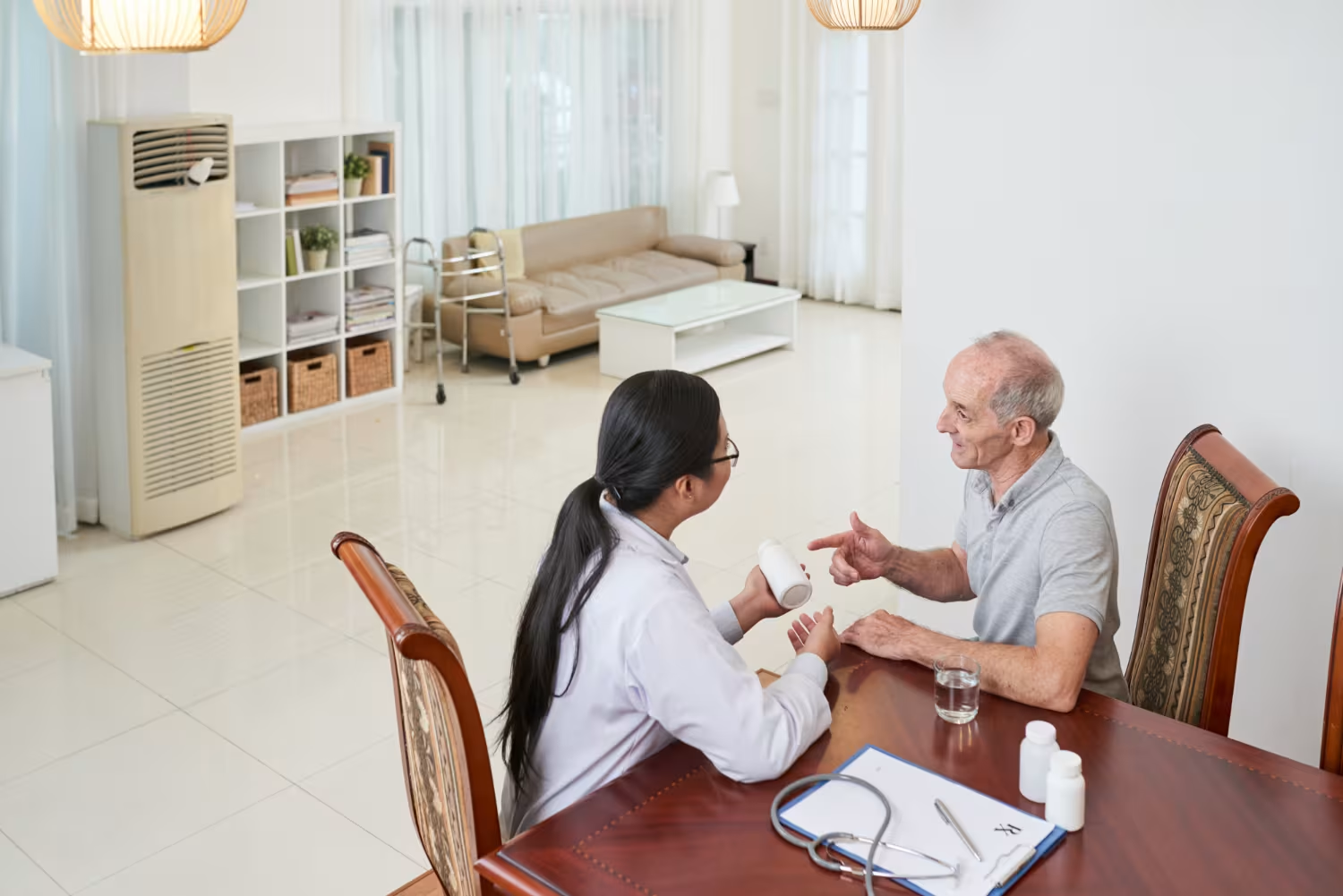
October is Breast Cancer Awareness Month, a time dedicated to spreading awareness about breast cancer, its symptoms, and the importance of early detection. Knowing the early signs and how to properly check your breasts can significantly increase the chances of successful treatment if cancer is present.
Breast cancer occurs when cells in the breast grow abnormally and form a mass known as a tumour. While it mainly affects women, it can also occur in men. Early detection is key to increasing the success rate of treatment.
Some of the early symptoms of breast cancer to be aware of include:
If you experience any of these symptoms, it's important to consult a healthcare professional.
Breast abnormalities can take many forms, and not all are cancerous. Common abnormalities include:
It's important to recognize that not all changes mean cancer, but it's always best to have abnormalities evaluated by a healthcare provider.
Performing regular breast self-exams is an important step in detecting breast changes early. Here's how to do it properly:
This Breast Cancer Awareness Month, take charge of your health by incorporating regular self-exams and learning the early signs of breast cancer. Awareness, early detection, and timely treatment can save lives. Additionally, if you notice any changes, do not hesitate to book a consultation with one of our doctors.
Schedule regular mammograms as recommended for your age and risk level, and encourage your loved ones to do the same. Empower yourself with knowledge, and spread the word this October to help raise awareness about breast cancer. Awareness is the first step in the fight against this disease.
Click here to book an appointment with one of our doctors.





